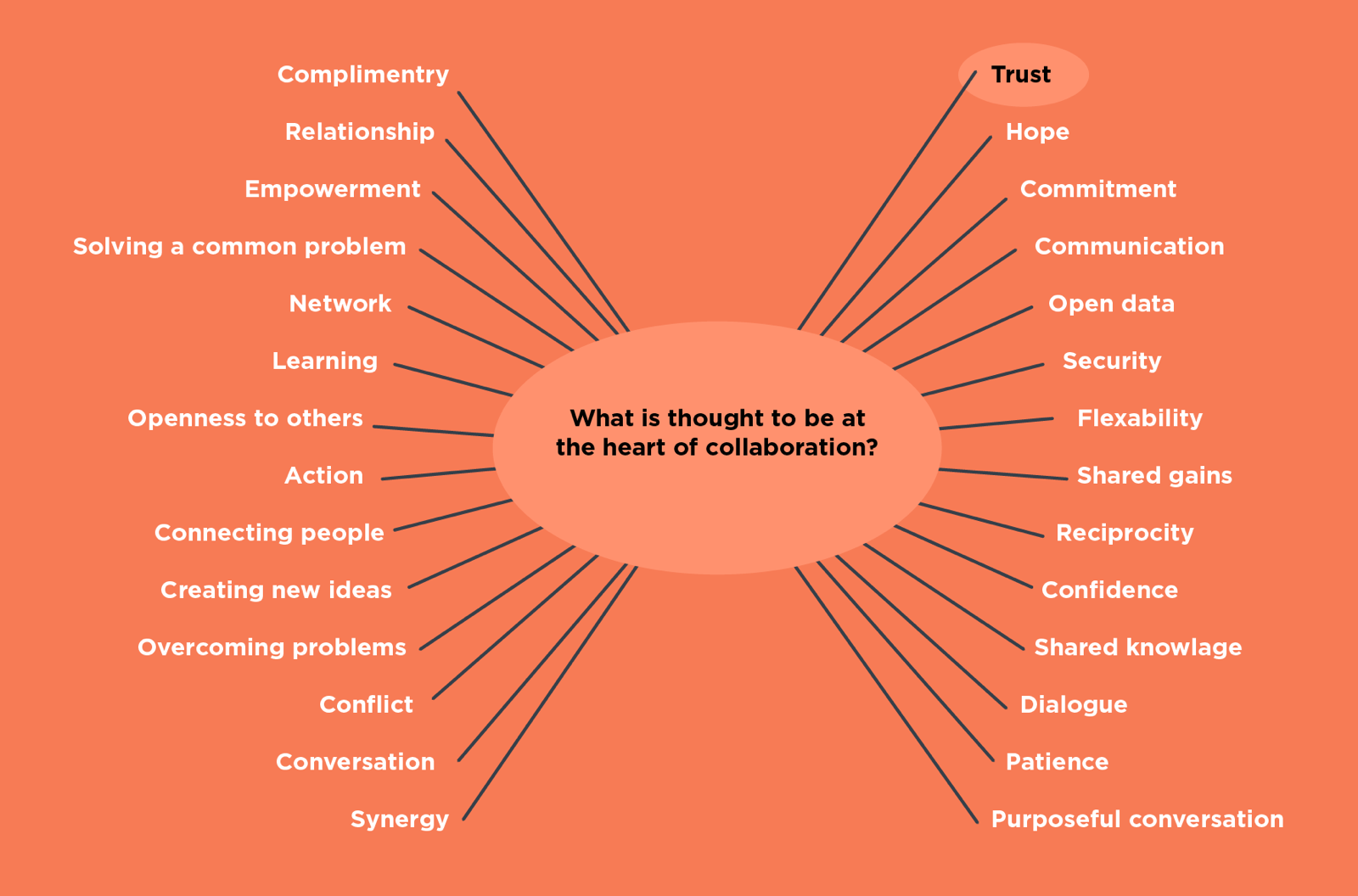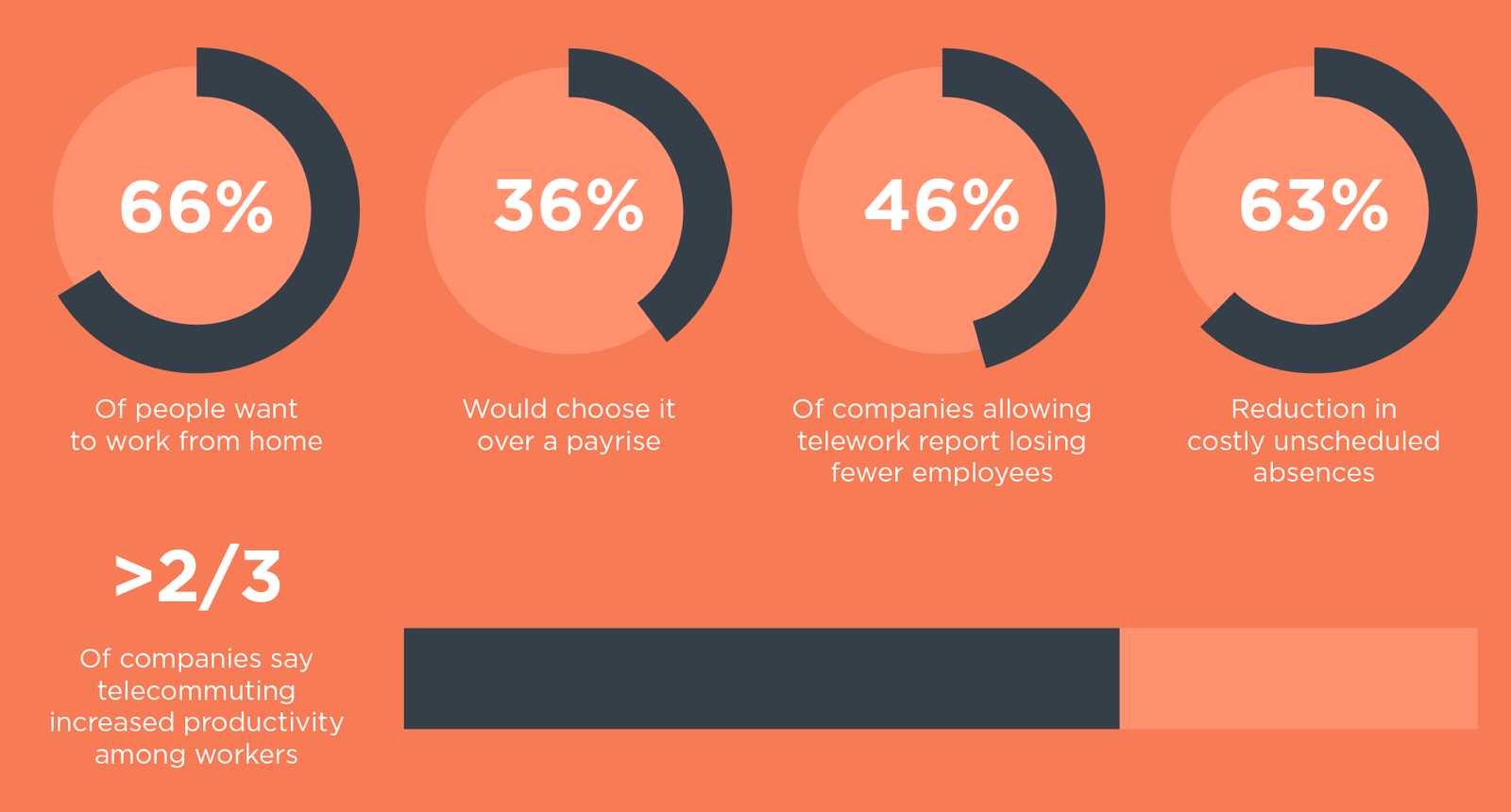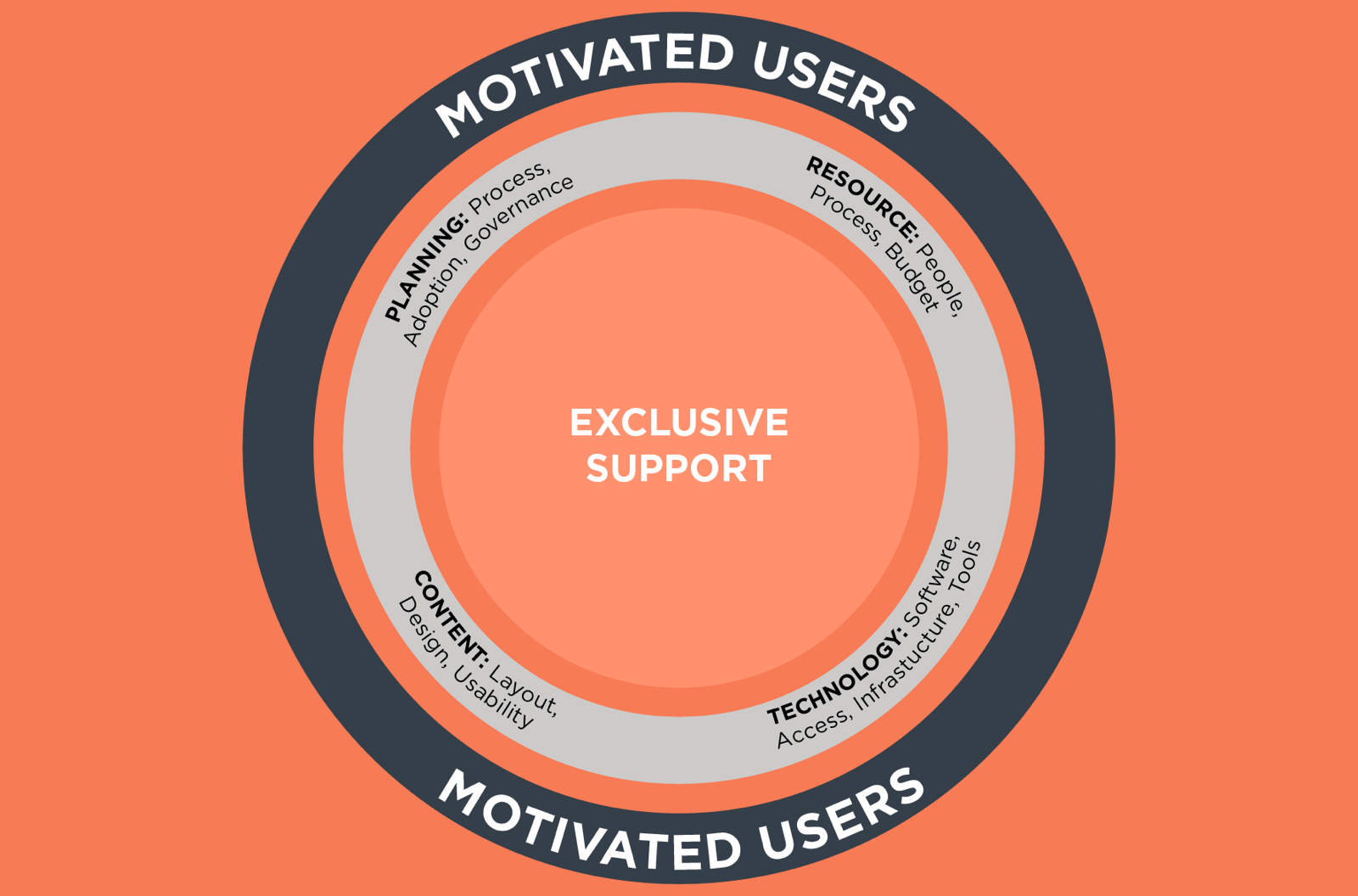How to understand collaboration tools in 5 minutes
There’s no such thing as simple “collaboration” anymore. The new electronic paradigm forces us to reconsider how we collaborate and what we hope to achieve through our actions. Mostly, the changes are for the better. However, one thing is for sure: we need to think of digital collaboration specifically, as its own beast, in order to get the full benefit for businesses.
Defining collaboration
The first step toward taking control of collaboration and harnessing its full benefits is assembling a proper definition.
The Association for Information and Image Management (AIIM) defines collaboration as “a working practice whereby individuals work together to a common purpose to achieve business benefits.”
They also lay out the qualities in a person that are needed for high quality collaboration. Those are:
- Awareness – becoming part of a working entity with a shared purpose
- Motivation – driving to gain consensus in problem solving or development
- Self-synchronization – deciding as individuals when things need to happen
- Participation – participating in collaboration and expecting others to participate
- Mediation – negotiating and collaborating together and finding a middle point
- Reciprocity – sharing and expecting the same in return
- Reflection – thinking and considering alternatives
- Engagement – proactively engaging rather than waiting and seeing

The role of collaboration software
Over the last few years, the app market has exploded. Apps are now available for every task in a person’s life; from fitness to dating, in both mobile and online spaces.
The business to business market alone has become a phenomenon, and it’s impossible to count the number of apps available. Collaboration software has been a large part of that.
Collaboration tools make familiar processes quicker, smoother, more enjoyable, and possible on a scale that was never before imaginable. Importantly, they’ve introduced additional modes of collaboration that are revolutionizing the way we work.
Whether it’s a one-trick-pony-type tool like a task manager or something more robust, such as an intranet, collaboration is the stated goal of almost every business focused app out there. In a space that was dominated entirely by email until fairly recently, collaboration tools are in the midst of what we can justifiably call a digital revolution.
There are a few trends that helped to spark this flame. A recent SHRM study shows how liberal economic policies geared toward free trade are pushing companies toward a transnational existence. According to the study, 64% of workers at multinational companies work with virtual teams, and 52% of those team members are based outside the company’s home country.

Moreover, telecommuting is a growing phenomenon. Gallup reports that 37% of workers are now remote at least some of the time, up from 9% in 1995.

These globally relevant trends were made possible by earlier waves of technology, namely email and the internet. It’s the current explosion of business apps, though, that make the collaborative workspace thrive.
The ease with which developers can now create apps, and the emphasis on storage and global access provided by cloud technology, has allowed the creation of software that addresses every niche of collaboration and communication, empowering employees and managers alike to embody all of the characteristics AIIM calls for.
The need for a centralized workspace
There is a downside to the success of the app economy. While all of those collaborative niches are being filled, our digital ecosystems are becoming more and more cluttered.
95% of all the mobile apps a person downloads are abandoned within a month. That’s a big issue where collaboration software is concerned because all the business knowledge you accrue on those apps will be lost when usage stops.
Moreover, using disparate tools negates many of the benefits the tools bring in the first place. Collaboration is much more difficult when you’re going back and forth between apps or when some information you need for a project is stored on one, while the rest of what you need is elsewhere.
Multiple user logins and the search for information can actually slow you down and hinder productivity, whereas these apps are meant to reduce friction.
So what can be done?
A centralized collaborative digital workspace is the most important tool a business can have these days, in a climate of globalization and remote work. These aren’t just tools, they’re networks of tools.
A great example of a centralized collaborative workspace is an intranet. This provides all the benefits of a suite of collaboration tools, filling any niche you might need, without the clutter or multiple logins.
Our own research at Interact has shown that the best collaboration tools don’t actually tackle collaboration alone. Those which involve a mix of collaboration, communication, and business processes are the strongest for helping to further overall business goals. They’re also the most liked by employees.
Get employees collaborating
Once you decide to use a centralized collaborative workspace, it’s actually best not to jump right in and deploy your software. Understand that this is a bigger commitment than a simple task management app, which is why the payoffs will be larger as well.
Success with your new workspace takes advance planning. You need to consider what goals your company is supporting by using the software. Believe it or not, collaboration doesn’t qualify in and of itself as a goal. There are many goals for which it will be invaluable – one could even argue that every goal has a collaborative component – but an audit of areas you want to improve is still necessary.

One key component you’ll have to consider is what motivation employees will have to utilize your new workspace. They may know objectively that collaboration is a positive thing, but that knowledge alone won’t get everyone using a piece of software.
You’re also likely to have employees who are ambivalent to, or even suspicious of, new technology. They might feel threatened or resistant instead of excited.
Start engaging employees by setting a strong example. Be the first and biggest champion of your new software, posting blogs or questions to a forum. Put documents on there and show everyone how much easier it can make their lives.
Providing adequate training also helps assuage fears and gives employees a reason to be using your platform. Before they know it, it will be a regular part of their work day!
The Make-A-Wish Foundation wrote a blog for us about their experience in implementing a new intranet and the impressive success they’ve had in getting employees collaborating. They are an excellent model for the type of planning and implementation I’m talking about.
Conclusions
Collaboration is a necessary tool to master for any organization. Powerful collaboration means raised productivity, knowledge sharing, and engaged employees. The reasons to invest in collaboration are myriad.
As we look to the future, it’s likely that collaboration will continue to evolve as a result of the tools we use. It’s important that we learn to harness its powers according to those tools to stay ahead of the curve.
Tools like an intranet remain the strongest for collaboration, thanks to their inclusion and integration with different business tools and applications that fill many different niches. Though the investment in one of these workspaces may require a larger upfront cost than for some less robust solutions, the return on investment is far greater – and therefore, well worth the effort.
